Which Power-Free Exit Sign is Right for You?
Picture the scene… a centuries old brick building receives the designation as a protected historical site. The owners want to open a museum on the premises and begin the daunting task of bringing it up to code for public use. The fire marshal says all that’s left is the matter of egress lighting…
What to do? An exit sign is required to be mounted on that beautiful brick wall but there is no electricity at that location.
Many find themselves in this predicament, whether it’s a historical site or not. Do you really want to shell out upwards of $1000 to have an electrician run power to a location that doesn’t have it? There must be a better way right?
Enter the Power-Free Exit Sign options
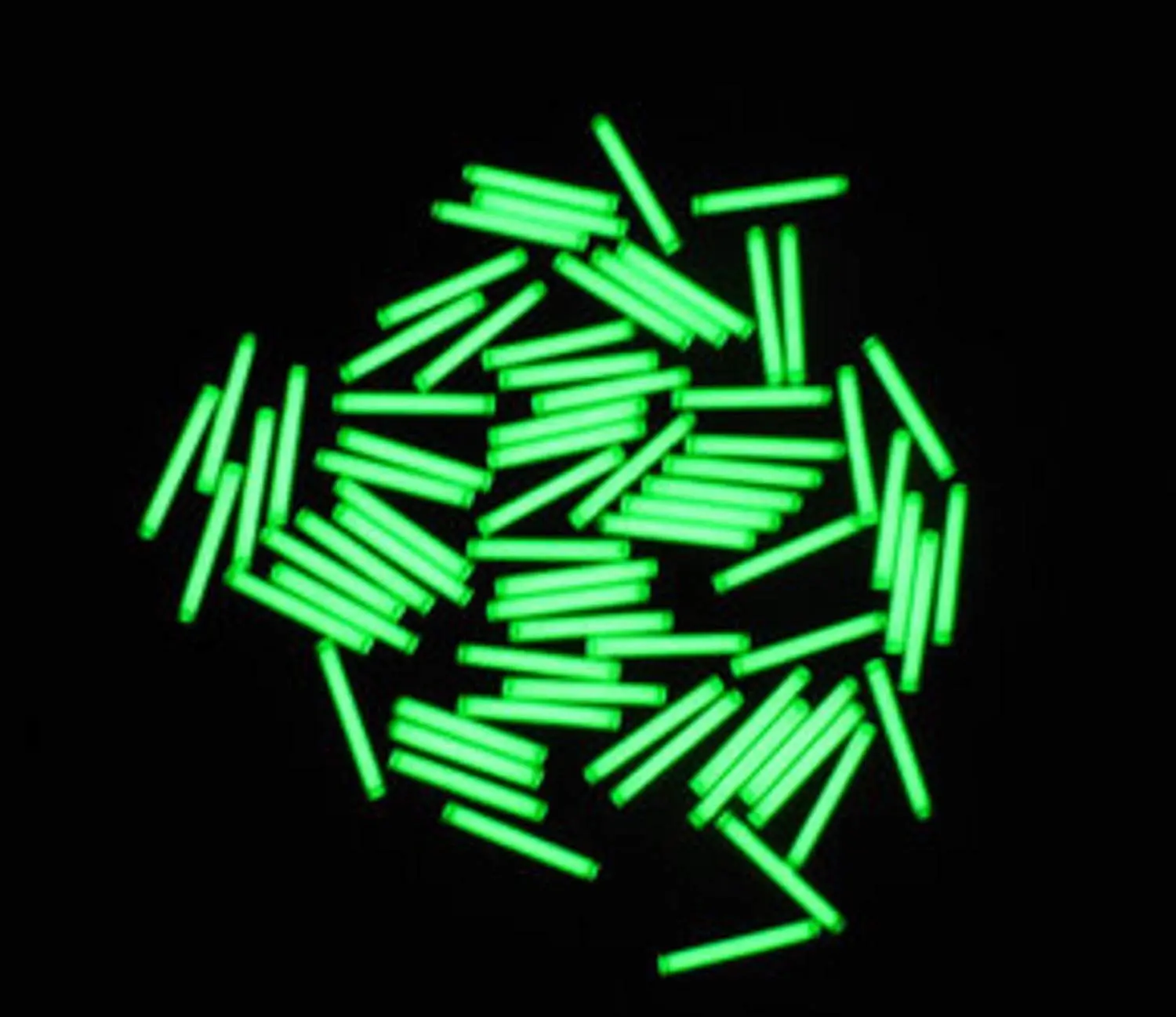 Tritium Exit Signs
Tritium Exit Signs
In the blue corner we have the self-luminous tritium exit sign. These signs are lit by tritium gas, which is contained within hermetically sealed, phosphor-lined glass tubes. Electrons emitted by the gas bombard the phosphor causing it to produce illumination. This all happens without the need for any outside power or intervention. It’s the same technology used in watch hands and firearm optics. Click here to see our full line of tritium exit signs.
Tritium Pros:
- Set and forget – truly self-contained and maintenance free
- Easy installation – no electrician needed
- Code compliant – meets UL924 and NFPA 101 life safety standards
Tritium Cons:
- High cost – starting in the upper $200’s, there is a high entry cost
- Disposal – the costs don’t stop at the purchase price. Once the lifespan has expired, there is a high cost for disposal as well
- Paperwork – due to their nature, these need to be registered with the US Nuclear Regulatory Commission
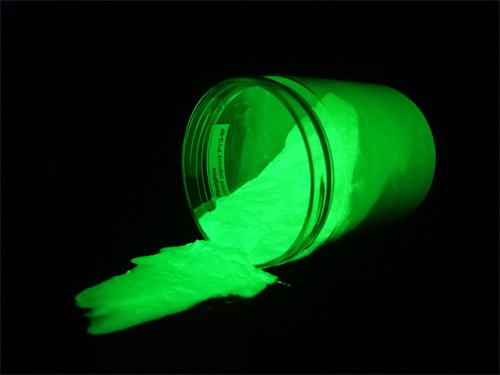 Photoluminescent Exit Signs
Photoluminescent Exit Signs
In the red corner we have the photoluminescent exit sign. Made with photoluminescent pigments, these signs can absorb and store energy from ambient light. In the case of sudden darkness, such as a power outage, the photoluminescent material is immediately visible. Think ‘glow-in-the-dark’ toys from childhood, only much better quality. Click here to see our full line of UL listed photoluminescent exit signs.
Photoluminescent Pros:
- Set and forget – maintenance free. No need for batteries, bulbs or even testing
- Easy installation – no electrician needed
- Code compliant – meets UL924 and NFPA 101 life safety standards
- Low cost – UL Listed exit signs starting in the $40 range, so these offer the most value when installation costs are factored in
Photoluminescent Cons:
- Light charging – 54 lux light requirement at installation location needed to maintain the “charge” of the photoluminescent pigment (light can be from manmade or natural sources), so these are not suitable for dark locations
And the Winner is…
In our opinion, the low cost and ease of installation make photoluminescent exit signs the clear winner. The one caveat is the light requirement needed to keep the photoluminescent material functioning correctly. There is a place for tritium where this light is not available, but the high initial cost as well as price of disposal make it a harder pill to swallow. If you have any questions, please contact our award winning customer service team at 877-352-3948.
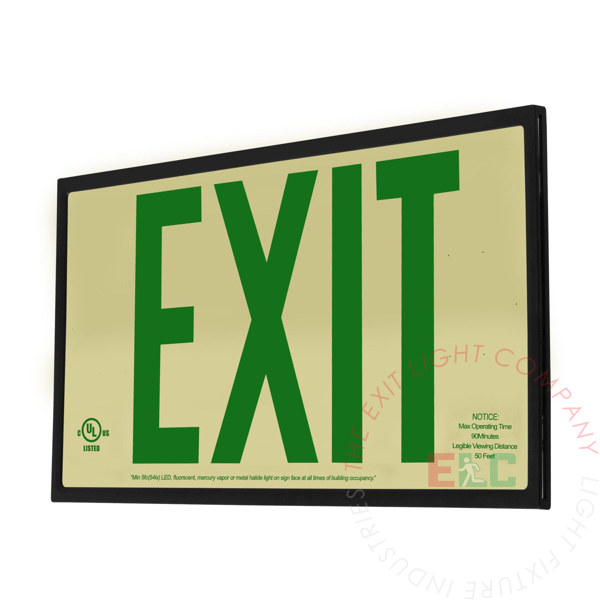
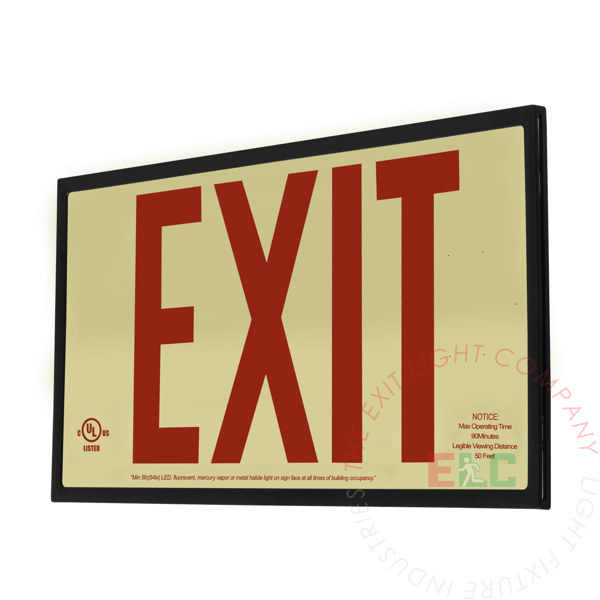
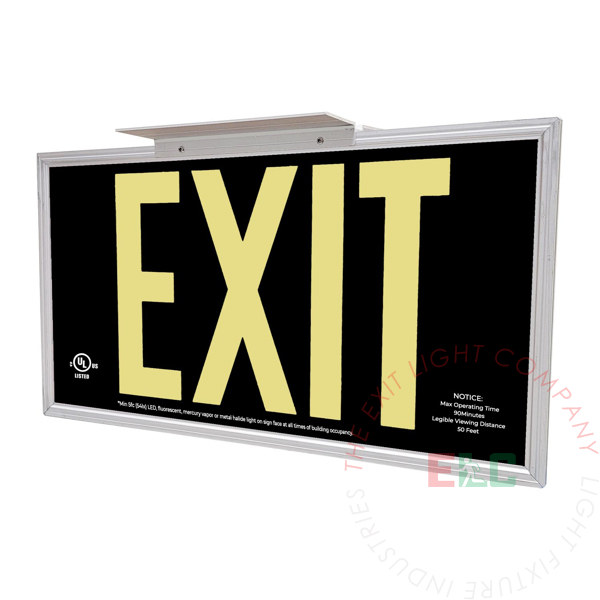
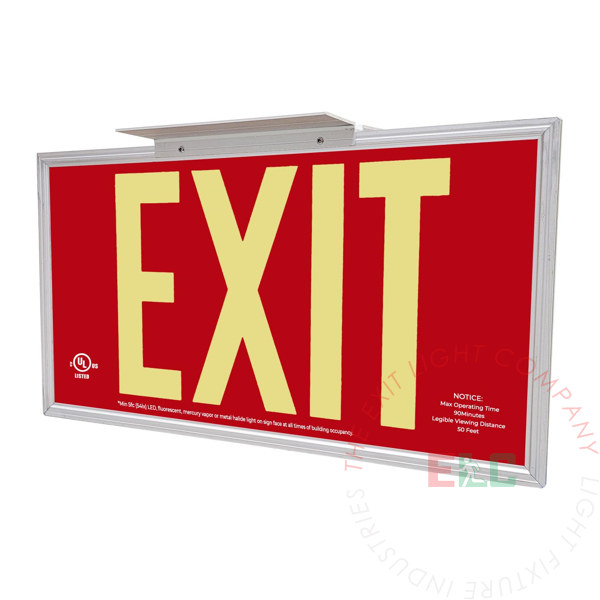
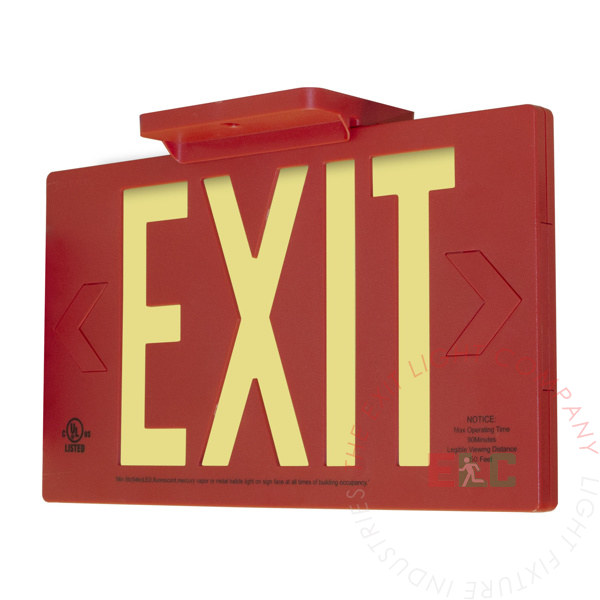
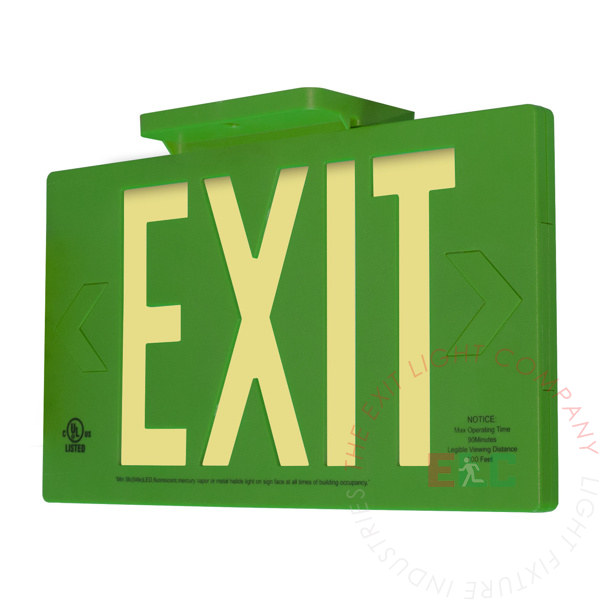

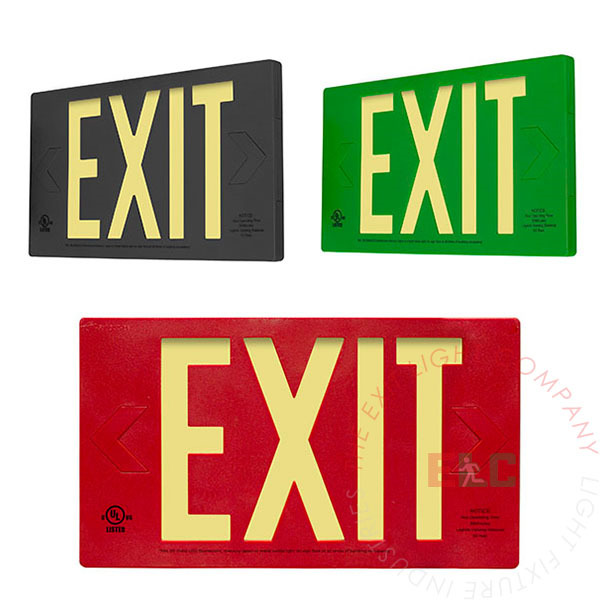
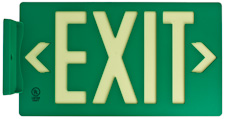 While all fire exit signs are required to be illuminated, not all models require electricity. UL 924 listed fire exit signs are available in AC powered, non-electric self luminous Tritium or photoluminescent models all of which are compliant for use in the United States and Canada.
While all fire exit signs are required to be illuminated, not all models require electricity. UL 924 listed fire exit signs are available in AC powered, non-electric self luminous Tritium or photoluminescent models all of which are compliant for use in the United States and Canada.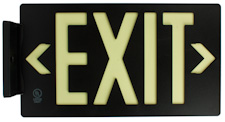 Photoluminescent signs, often referred to as “glow-in-the-dark” signs, absorb and store energy from normal ambient light, then release this energy in the form of a visible glow when the lights go out. Photoluminescent products automatically recharge once the lights are turned on, requiring approximately 60 minutes of exposure to 5 foot-candles or 54 LUX of natural light‡, fluorescent, metal halide or mercury vapor light.
Photoluminescent signs, often referred to as “glow-in-the-dark” signs, absorb and store energy from normal ambient light, then release this energy in the form of a visible glow when the lights go out. Photoluminescent products automatically recharge once the lights are turned on, requiring approximately 60 minutes of exposure to 5 foot-candles or 54 LUX of natural light‡, fluorescent, metal halide or mercury vapor light. 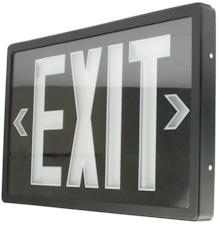 Self-luminous EXIT signs containing the radioactive gas tritium are widely used in a variety of facilities across the United States, such as public and private office buildings, theaters, stores, schools and churches – anywhere the public needs a rapid exit path. Those who possess tritium EXIT signs are general licensees of the Nuclear Regulatory Commission or an Agreement State, and are subject to certain reporting and handling requirements, including proper disposal of unwanted or unused signs. Tritium EXIT signs pose little or no threat to public health and safety and do not constitute a security risk.” —
Self-luminous EXIT signs containing the radioactive gas tritium are widely used in a variety of facilities across the United States, such as public and private office buildings, theaters, stores, schools and churches – anywhere the public needs a rapid exit path. Those who possess tritium EXIT signs are general licensees of the Nuclear Regulatory Commission or an Agreement State, and are subject to certain reporting and handling requirements, including proper disposal of unwanted or unused signs. Tritium EXIT signs pose little or no threat to public health and safety and do not constitute a security risk.” — 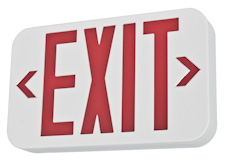 The real function of
The real function of